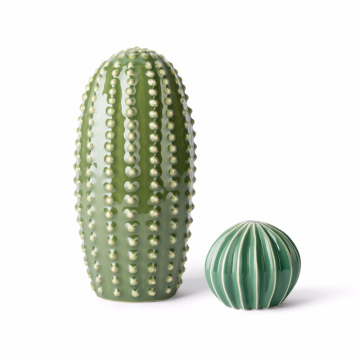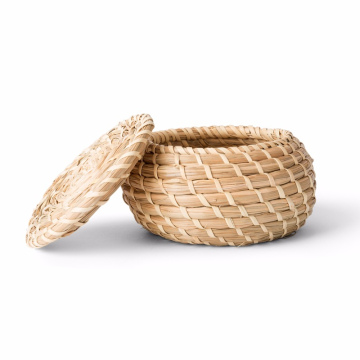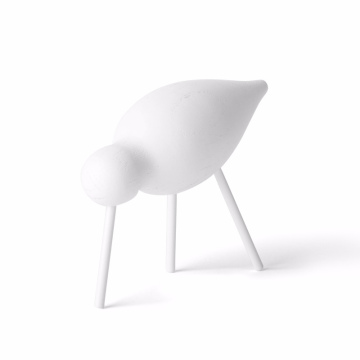Chahan: Japan’s Quick and Tasty Fried Rice for Any Meal
Chahan (チャーハン), Japan’s version of fried rice, is a beloved comfort food known for its savory flavor and quick preparation. This dish is one of Japan's most versatile and accessible meals, offering a quick, flavorful, and satisfying option for any time of day. Known for its simple ingredients and efficiency in the kitchen, chahan has become an essential part of Japanese home cooking and is frequently enjoyed as part of bento boxes, at casual eateries, or even as a snack to use up leftover rice. Its popularity spans across all generations and regions, becoming a quintessential staple dish in Japanese culinary culture.
The Origins of Chahan: Chinese Influence on Japanese Cuisine
The history of chahan is rooted in the influence of Chinese cuisine on Japanese cooking. Fried rice as a concept was introduced to Japan from China, likely during the Edo period (1603–1868), when trade and cultural exchange with China were common. The word "chahan" itself comes from the Chinese word "chǎofàn" (炒饭), which translates to "fried rice."
As Chinese food spread throughout Japan, fried rice became adapted to suit local tastes and ingredients. The Japanese took inspiration from traditional Chinese fried rice but made it their own by incorporating elements of Japanese culinary traditions. This included the use of local ingredients like soy sauce, mirin, and Japanese vegetables, transforming fried rice into a dish that was distinctly Japanese.
In Japan, chahan evolved to reflect the country’s emphasis on seasonality, simplicity, and balanced flavors. The dish became popular in Japanese restaurants, especially Chinese-Japanese fusion eateries or chūka restaurants (中華料理), which specialized in Chinese-style dishes prepared with Japanese ingredients and cooking techniques.
The Culinary Evolution of Chahan: Simplicity Meets Flavor
Though the roots of chahan are based on Chinese cuisine, it has evolved into a unique dish in Japan with various regional and personal variations. The hallmark of chahan is its simplicity—the dish consists of rice, typically leftover rice that has been cooled, stir-fried with a few key ingredients, and then seasoned to taste.
The basic ingredients of chahan usually include:
- Rice: Leftover rice is often used as it is drier and easier to fry, preventing the dish from becoming mushy.
- Eggs: Often scrambled directly into the rice, eggs add richness and a creamy texture.
- Vegetables: Common vegetables in chahan include onion, carrot, peas, and green onions. These vegetables are stir-fried until tender, adding a sweet and savory flavor to the dish.
- Protein: Chahan can be made with a variety of proteins such as chicken, shrimp, pork, or even bacon. Some variations are vegetarian, focusing purely on vegetables.
- Seasonings: The dish is typically seasoned with soy sauce, salt, and pepper, and sometimes mirin or sesame oil for an extra layer of flavor.
The key to chahan’s success is high heat and quick cooking to ensure the rice grains remain separate and do not clump together. This method of cooking allows for the rice to absorb the flavors of the seasonings, creating a savory and fragrant dish that is both satisfying and easy to prepare.
Chahan in Japanese Culinary Culture: A Versatile and Beloved Dish
Chahan has become so ingrained in Japanese culture that it is widely served in homes, restaurants, and even street food stalls across the country. It is a versatile dish that can be enjoyed as a standalone meal or as a side dish accompanying other items.
- Home Cooking: In Japanese households, chahan is often made with leftover rice, making it a practical and efficient way to use up food. It’s a quick solution for a meal, particularly after a long day of work or school. Many home cooks keep it simple, relying on basic ingredients like rice, vegetables, and eggs, and adding whatever protein or seasonings they have on hand.
- Restaurants: In Japanese restaurants, particularly those offering Chinese-Japanese fusion dishes, chahan is commonly found on the menu. It is often served alongside ramen or as part of a larger Chinese set meal. Chahan is also a popular late-night snack in izakayas (Japanese pubs), where it is made quickly and served in a small portion.
- Street Food: In addition to restaurants and home kitchens, chahan can also be found as a quick snack or street food. Some food stalls serve chahan in a compact, convenient form, with the rice stir-fried to order and served in take-out containers for customers on the go.
The Culinary Appeal of Chahan: Flavor, Simplicity, and Speed
The appeal of chahan lies in its balance of flavors and textures, making it a dish that is both comforting and satisfying. The combination of savory rice, scrambled egg, and umami-rich seasonings creates a dish that is well-suited to various tastes and dietary preferences.
- Comfort Food: Like other comfort foods, chahan provides a sense of warmth and nostalgia. It is a dish that can be easily customized to suit personal preferences, whether you prefer a heavier dish with more protein or a lighter version with just vegetables.
- Texture Contrast: The texture of chahan is also key to its appeal. The crispy edges that form on the rice during frying, combined with the soft eggs and tender vegetables, create an interesting contrast of textures that is a pleasure to eat.
- Speed and Versatility: The quick cooking time makes chahan a popular choice for a fast meal. The ability to use leftover rice and customize the dish with whatever ingredients are on hand makes it a versatile option for busy home cooks.
- Flavorful Simplicity: The flavors in chahan are simple yet deeply satisfying. The soy sauce adds umami, the eggs bring richness, and the vegetables provide a fresh contrast to the savory rice. With just a few basic seasonings, chahan is a dish that doesn’t need to be complicated to be delicious.
Conclusion: Chahan – The Quick and Flavorful Japanese Fried Rice
Chahan is a perfect example of Japanese culinary ingenuity: a dish born from the influence of Chinese fried rice, yet adapted to suit local tastes and preferences. Its versatility, quick cooking time, and flavorful simplicity have made it a beloved dish in Japanese homes and restaurants alike. Whether served as a standalone meal, a side dish, or a snack, chahan is an essential part of Japanese culinary culture that showcases the comforting appeal of fried rice. By combining leftover rice, vegetables, and seasonings, chahan continues to be a delicious and satisfying dish that can be enjoyed by anyone, anytime.






